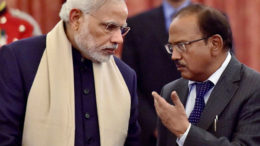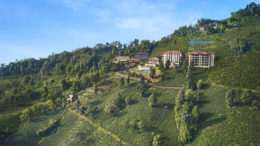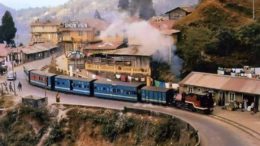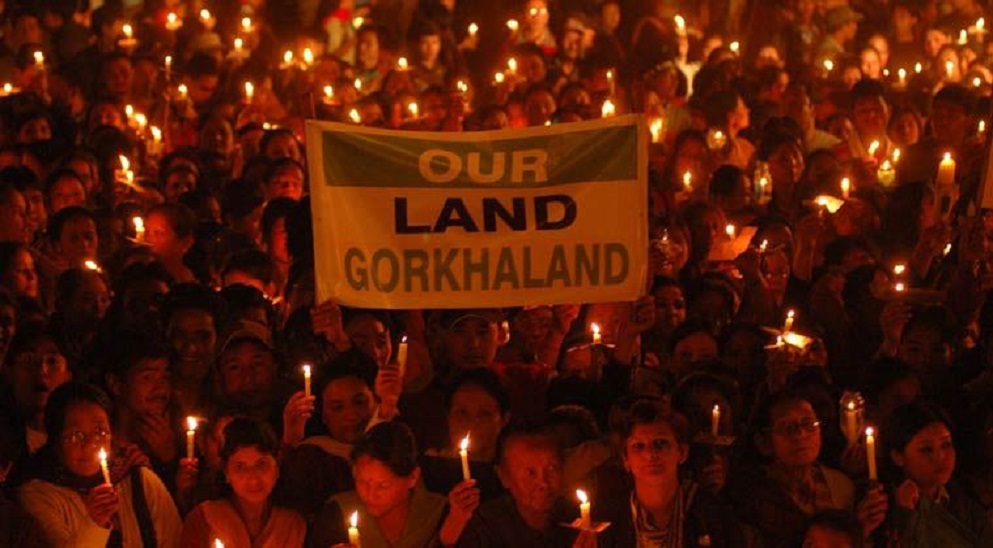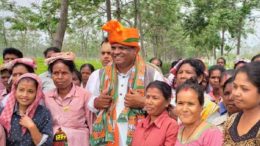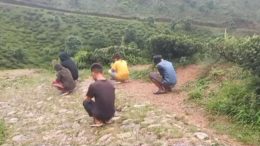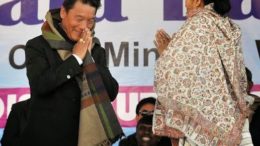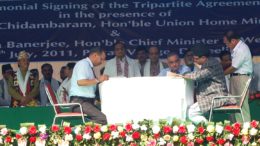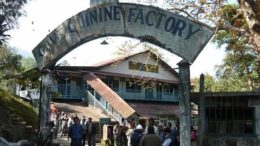Ajit Doval – An Open Letter to the National Security Advisor
We know Sir, you must have multiple agenda and issues to deal with nationally, so I felt I will help you with avoiding some issues, while you relax with your family here, and perhaps meet with politicians who have won the recent elections and ink a few deals on “Political Solution” (fact that Mamata Banerjee hasn’t said a word against your presence here is a dead give-away).

